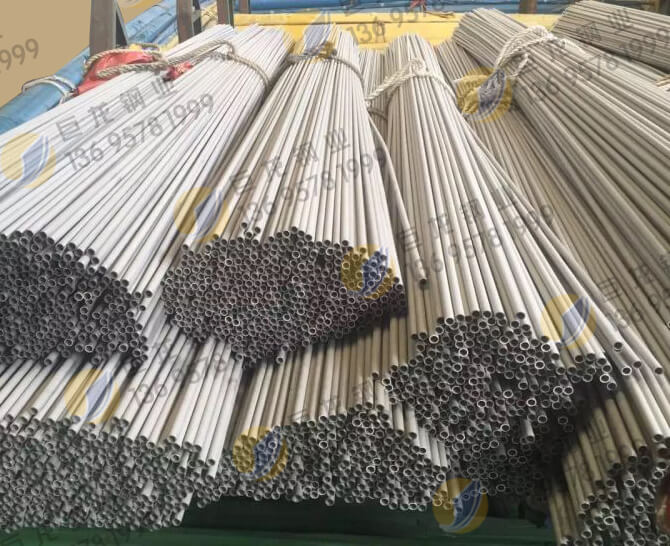Attention! These three reasons will affect the wall thickness of stainless steel heat exchanger tubes
Zhejiang Julong special material Group Co., Ltd. specializes in the production of stainless steel heat exchanger tubes. The main equipment of the company is lg60-6 cold rolling mills and 11 cold drawing machines. The products are mainly used in petroleum, chemical industry, medicine, food, aviation, shipping, boiler heat exchanger and other fields.
The wall thickness of stainless steel heat exchanger pipe is mainly affected by its material itself, processing and welding, and external factors. See the explanation of Julong special material one by one below.。
1、 Material itself
The mechanical properties of stainless steel heat exchanger tubes play a role. The targets include strength, yield, creep, fatigue, etc. in order to ensure the reliability of strength during pipeline operation, the stress of stainless steel heat exchanger tubes is generally controlled at the lower value of each strength target, which is the allowable stress. The problem is that when the stress in stainless steel heat exchanger tubes exceeds the allowable stress, its strength cannot be ensured, resulting in wall thickness thinning and leakage.
2、 Processing welding
During the processing of stainless steel heat exchanger tubes, the wall thickness will be affected by processing equipment, processing skills and operators, so the operators need to have sufficient skills.
3、 External factors
The external factor of stainless steel heat exchanger pipe is mainly the corrosion degree of corrosive liquid in use. Its size will directly affect the value of pipe wall thickness, or directly affect the confirmation of wall thickness grade. Therefore, the corrosive effect of corrosive liquid on it should be fully considered.
